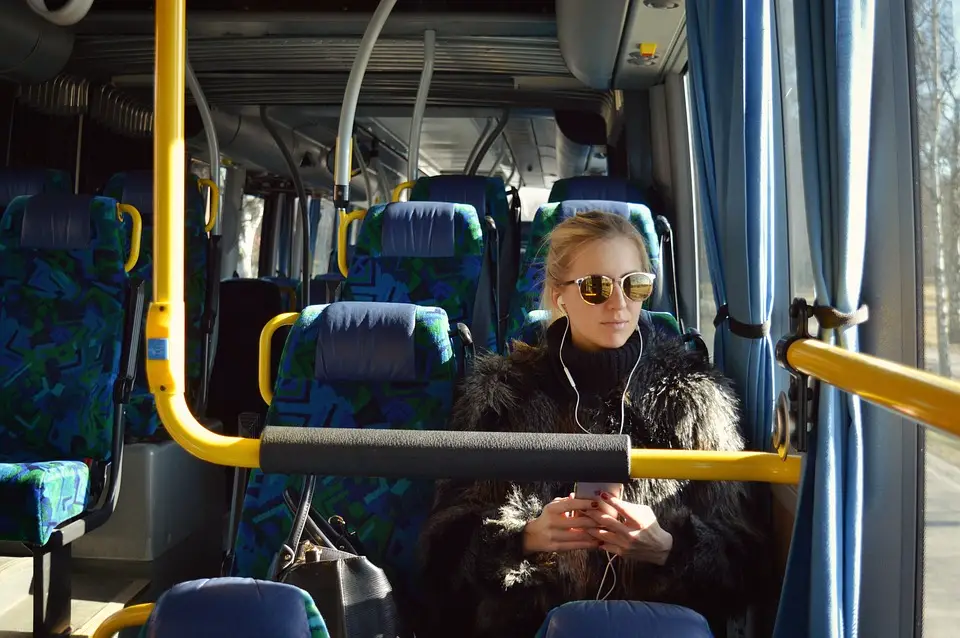As Poslovni Dnevnik writes, along with the representatives of Zagreb County, the Municipality of Kravarsko and the Coordination of Internal Public Regular Road Passenger Transport at the Croatian Employers’ Association (HUP), some new public services for Zagreb County bus transport was presented.
It is a model that enables the introduction of new and the renewal of some old bus lines with the aim of providing better transport connections and ensuring more mobility of the local population. Despite the secured budget funds of the state, Zagreb County is the first county in Croatia to provide its resident population with a larger number of lines and departures and ensure the better connectivity of more rural areas. According to the representatives of the local community, as well as the bus carriers themselves, this model is crucial for the survival of smaller rural areas that are threatened by an ongoing demographic catastrophe. Kravarsko is, as they point out, an example of how public transport can offer momentum and provide a spring in the step for a population that faced a devastating earthquake two years ago.
The mayor of Kravarsko, Vlado Kolarec, stated that residents of the area over which he governs have been using the new services of the Zagreb County bus transport offer for three months now.
“The public bus transport service is necessary for the long-term perspective of our municipality. Our locals are better connected, they’re mobile, they can stay in their homes where they grew up. I’m glad to see the positive changes that public transport has brought with it,” said the Mayor, praising the cooperation with the county and local bus carriers who showed unwavering readiness to help during the height of the coronavirus crisis.
A new Zagreb County bus transport timetable which meets the real needs of the local population
In Kravarsko, the population uses Autoturist buses from Samobor, whose procurator is Franjo Grguric: “Locals rely heavily on our buses because there’s been no alternative transport for them to use. Several times, after the announcement of the abolition of certain lines, we received desperate calls from people who quite simply could no longer go to work or provide education for their kids. We want to continue to unite Croatia, so thank you to Zagreb County for recognising this need. I hope that others will follow that example.”
“Better and more accessible public transport services, especially in rural areas, is the reason why we were the first in Croatia to sign almost 90 million kuna worth of two-year contracts with our bus carriers,” said Zagreb County Deputy Prefect Damir Tomljenovic, who added that their lines are constantly growing and that the Zagreb County bus transport system’s timetable will continue to be adjusted to meet the real needs of the population.
All of the legal preconditions have been provided for the implementation of this public service model in Croatia, as have the necessary financial resources – 428 million kuna per year from the state budget. It is a model that operates very well across almost all EU countries and systematically solves the problem of both bus carriers and people.
Hrvoje Mestrovic, President of HUP-Coordination of Public Line Passenger Transport, pointed out that bus carriers continue to be in a crisis situation, and rising fuel prices, inflation and the pandemic are endangering the work of the transport sector as a whole. This public service model, Mestrovic explained, therefore helps the local population, but also the bus carriers themselves, to continue performing activities which are of wider social interest.
For more, check out our lifestyle section.









